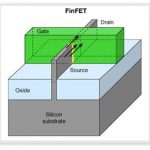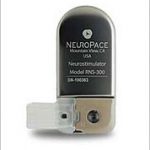The EDA tools industry relies upon ongoing productivity enhancements to existing products, to manage increasing SoC complexity and to address shrinking design schedules. The source of ideas for enhancements can come from a variety of sources – e.g., customer feedback, collaboration with the foundries, and features found … Read More
Tag: cadence design systems
The Importance of Transistor-Level Verification
According to the IEEE Std 1012-2012, verification is the acknowledgement that a product is in satisfactory condition by meeting a set of rigorous criteria. [3] Transistor-level verification involves the use of custom libraries and design models to achieve ultimate performance, low power, or layout density. [2] Prediction… Read More
Cadence 2015 Q2 Results
Let’s start by getting the financial stuff out of the way. Revenue was $416 million; non-GAAP operating margin was 28%; non-GAAP EPS was $0.27; and operating cash flow was $122 million (up at lot, it was just $47M in Q1 and $69M in Q2 of 2014).
The thing that the financial types are most interested in are the changes to Cadence’s… Read More
How are the IoT and ESL Related?
A recent comment by a DACattendee mentioned that the IoT acronym was so over-used as to make him get upset at EDA vendors that all purport to be enabling the growing IoT revolution. One of the most common requirements that I hear about IoT electronics is that the power needs to be well understood and controlled during the design exploration… Read More
IC Design for Implantable Devices Treating Epilepsy
I’m utterly amazed at how IC-based products are improving our quality of life by implantable devices. The modern day pacemaker has given people added years of life by electrically stimulating the heart. A privately-held company called NeuroPace was founded in Mountain View, California to treat epilepsy by using responsive… Read More
Using "Apps" to Take Formal Analysis Mainstream
On my last graphics chip design at Intel the project manager asked me, “So, will this new chip work when silicon comes back?”
My response was, “Yes, however only the parts that we have been able to simulate.”
Today designers of semiconductor IP and SoC have more approaches than just simulation to ensure… Read More





